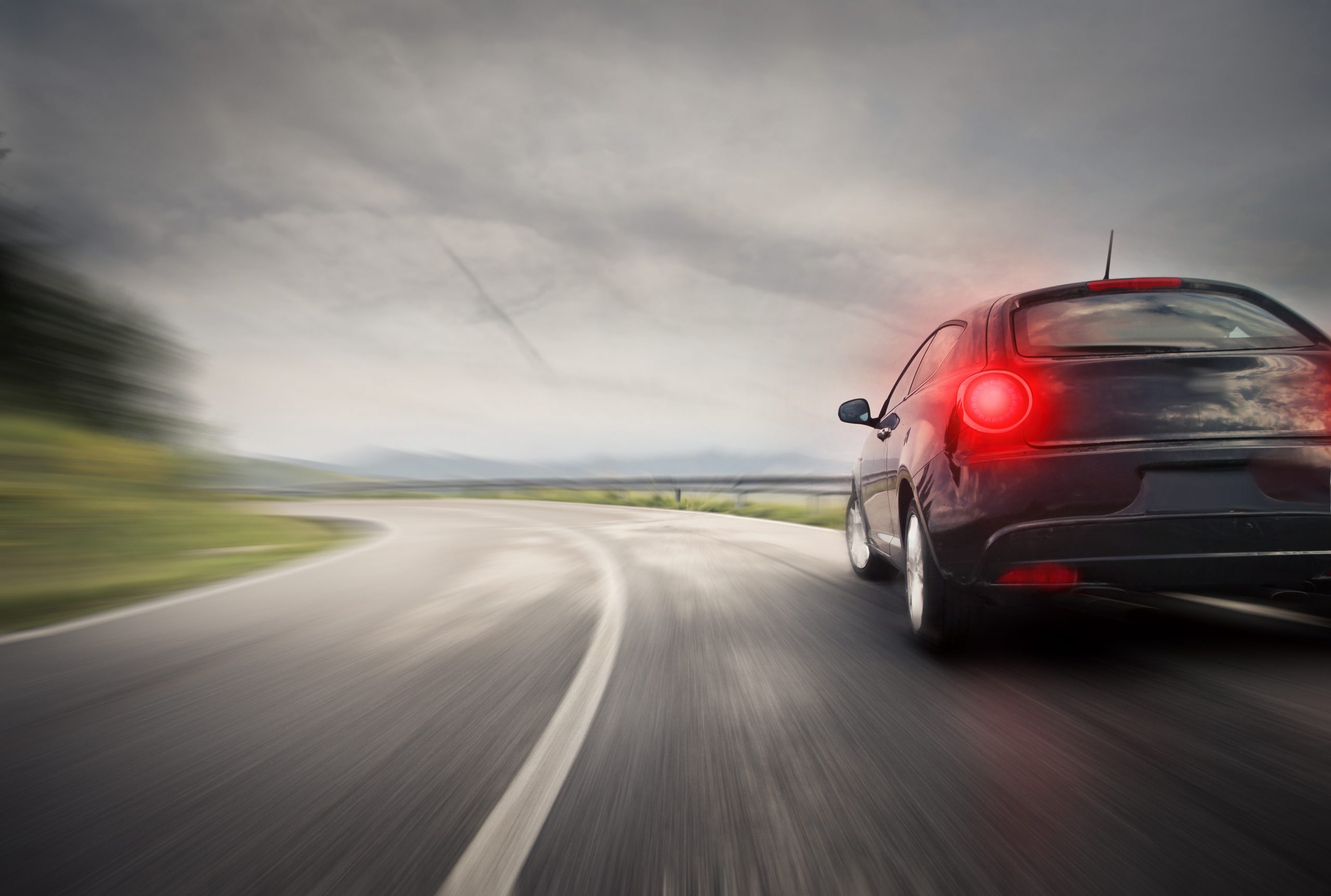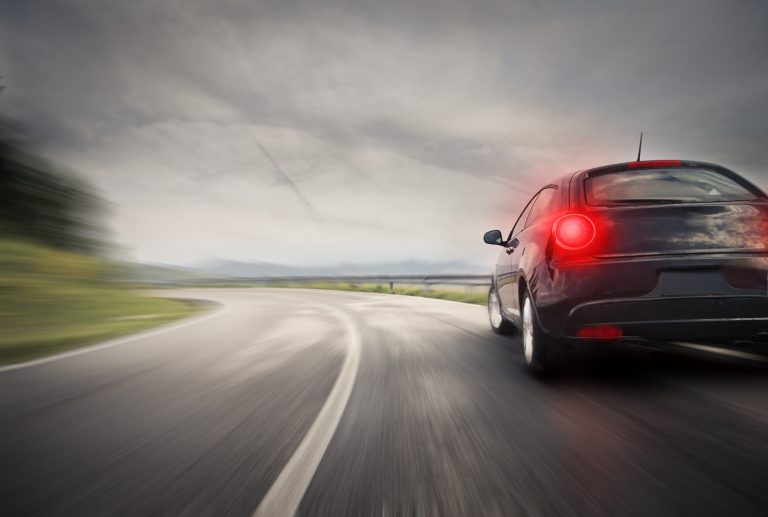
Whether or not you are used to driving in cold weather, there are a number of things you should be aware of when operating a vehicle in cold weather conditions. A few of these things may seem obvious to you, but you may not have considered or known about some other items.
The average temperature across the nation for the evening lies in the 30 degrees F range, so it is likely that you will have to deal with driving in cold weather conditions at one point or another. You can prepare yourself for such conditions by learning about defensive driving in TX by making yourself aware of the items below.
Cold weather may affect your car in the following ways:
Your Car’s Tires
The first way in which cold weather can affect driving involves the tires of your car. Because cold air takes up less volume than warmer air, your tire pressure and the temperature are inextricably linked. Warm air expands (takes up more space) and cold air contracts (takes up less space). This will affect you if you live in an area that is warmer during the daytime and colder at night. In such a case, your tire pressure may be fine during the day (when it is warmer) but at night, your tire pressure may drop to an unacceptably low level, due to the fact that the cooler temperature causes the air in your tires to contract, taking up less space and exerting less pressure.
Thus, you should check your tire pressure regularly if the area you live in has been experiencing cooler temperatures or fluctuations between daytime and nighttime temperatures. The best time to check your tire pressure is early in the morning, before you start driving for the day. Your tire pressure may have fallen drastically during the night, so you will need to check it before driving in order to ensure that your car is still safe to drive. And you have to check the pressure before you start driving, because the friction from driving will heat up your tires and will result in an inaccurate tire pressure reading.
Also, consider where you park your car at night. A car parked outside will experience more of a loss in tire pressure than a car parked inside a garage. And be sure to heed any warnings in your car about low tire pressure! Paying attention to these warnings will allow you to continue driving as safely as possible.
Another consideration regarding tires and cold weather is the type of tires you use. If you live in an area that experiences snow and ice, then you will probably need to switch to winter tires. These will provide more traction in snowy or icy road conditions.
Your Car Battery
Unfortunately, having the battery of your car die on you in cold weather is an occurrence that is altogether too common. Cold weather places a greater stress on your car battery and may shorten its life. Try to park your car in a garage to reduce the wear and tear on your battery from cold weather. If that is not an option, be sure to perform regular checks of your battery voltage.
Fuel Economy
Cold weather has a negative effect on your fuel economy in the following ways: your engine needs longer to reach a fuel efficient temperature, cold weather reduces tire pressure (which in turn reduces fuel economy), and the process of warming up your vehicle before driving takes longer and consumes more gas.
You can learn more about these and other ways in which cold weather affects your driving and how to lessen its impact by taking a driving safety course in Texas.








Leave a Comment